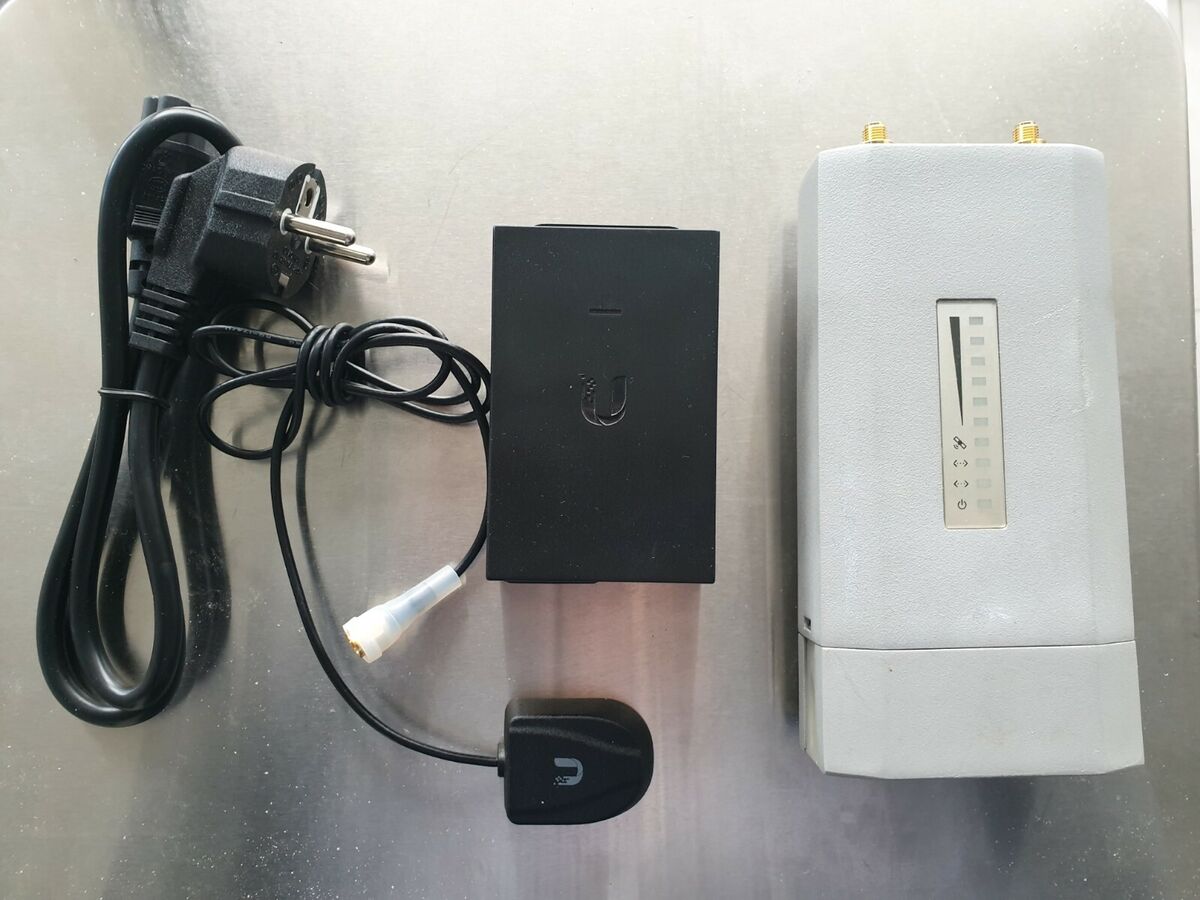
Enhancing WISP Networks with GPS-Timed Radios
One of the technological advancements that have significantly impacted the efficiency and reliability of WISP networks is the integration of GPS-timed radios. This blog looks into the technical intricacies of GPS-timed radios and elucidates why their use is increasingly becoming a standard best practice for WISPs aiming for superior network performance.
Introduction to GPS-Timed Radios
GPS-timed radios utilize a GPS receiver to synchronize transmission times across multiple wireless communication devices. This synchronization ensures that signals are sent and received at precisely coordinated times, minimizing interference and maximizing the efficient use of available spectrum.
The Problem with Interference
Interference is a pervasive challenge in wireless networks, particularly in unlicensed frequency bands commonly used by WISPs. Sources of interference include other wireless networks, environmental obstacles, and even the WISP's own equipment. As the density of wireless devices increases, so does the potential for interference, leading to degraded service quality, slower speeds, and less reliable connections.
How GPS Timing Helps
GPS-timed radios tackle the interference issue head-on by coordinating the transmission of data packets across the network. This coordination allows for Time Division Multiple Access (TDMA) protocols, where each radio transmits in a specific time slot, thereby reducing the chances of overlap and interference with other radios.
Technical Benefits of GPS-Timed Radios
Increased Spectral Efficiency
By synchronizing transmissions, GPS-timed radios can significantly increase the number of non-interfering links in the same geographical area. This efficiency is crucial in unlicensed bands where the spectrum is a shared resource, and the ability to maximize throughput without increasing interference is invaluable.
Improved Network Scalability
The precision timing offered by GPS allows WISPs to scale their networks more effectively. As new access points or backhaul links are added, GPS timing ensures that these new elements work in harmony with the existing infrastructure, maintaining high levels of service quality even as the network grows.
Enhanced Quality of Service (QoS)
GPS timing enables more consistent and predictable network performance, which is essential for quality of service. Applications sensitive to latency and jitter, such as VoIP and streaming video, benefit from the reduced interference and more reliable data transmission paths.
Reduced Self-Interference
In dense network deployments, the risk of self-interference, where a WISP’s own equipment interferes with itself, increases. GPS-timed radios mitigate this risk by ensuring that only one radio transmits at any given time within the network, dramatically reducing the chances of self-interference.
Implementation Considerations
While the benefits of GPS-timed radios are clear, successful implementation requires careful planning:
- GPS Signal Availability: Effective use of GPS-timed radios requires a clear line of sight to the sky for reliable GPS signal reception. This may necessitate strategic placement of GPS antennas.
- Network Design: Integrating GPS timing into a WISP network involves a holistic approach to network design, ensuring that all components are compatible and correctly configured for timing synchronization.
- Cost vs. Benefit Analysis: The additional cost of GPS-timed radios and related equipment must be weighed against the potential improvements in network performance and customer satisfaction.
That's a Wrap
For WISPs, the adoption of GPS-timed radios represents a strategic investment in the future of their networks. The technical benefits—ranging from increased spectral efficiency and network scalability to improved QoS and reduced self-interference—make a compelling case for their use. As the wireless landscape becomes ever more crowded, the precision and efficiency afforded by GPS timing will be key to delivering the high-quality, reliable service that customers demand. By understanding and leveraging this technology, WISPs can significantly enhance their competitive edge in the fast-paced world of wireless internet service provision.
Was this page helpful?